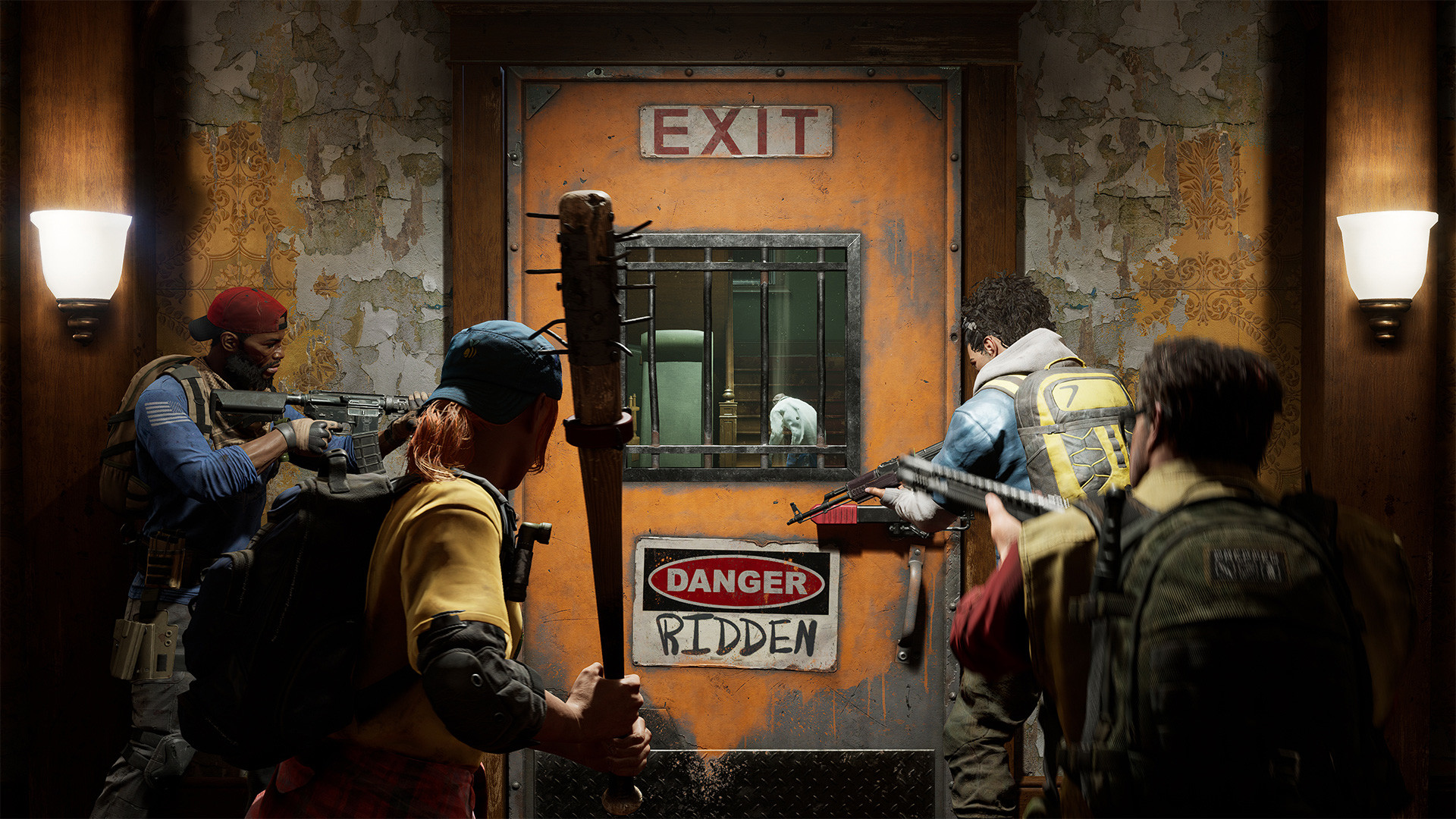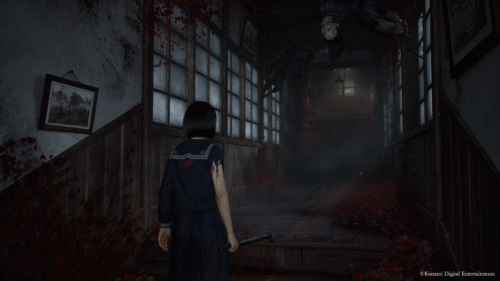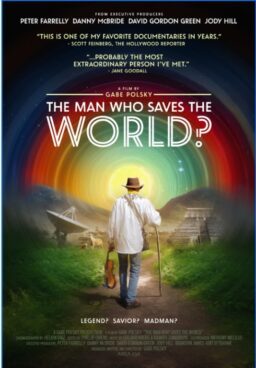At RogerEbert.com, we’ve tried to unpack the intersection of video game and film culture. We’ve noted how the games and films of the “Resident Evil” franchise almost seem in conversation with one another; how the “Uncharted” games echo action/adventure franchises like Indiana Jones; and how a game like “Death Stranding” even casts major names from the world of film in its unfolding universe. At first glance, “Back 4 Blood,” just released on PC and next-gen consoles, might not seem to fit the mold given that it’s built on a foundation that film can’t replicate—co-operative gameplay. And yet there are aspects of this game that constantly echo great genre films about the walking dead from the last half-century. It has some kinks in its first couple hours that take getting used to, but it really clicked into place with me after that and I couldn’t stop playing. With a structure that inherently makes for a varied experience every single time, it feels to me like a game that fans will be playing for years.
That last part makes sense as there are still zombie hunters who are incredibly loyal to “Left 4 Dead,” a formative zombie shooter from the ‘00s that was developed by the creators of “Back 4 Blood.” In many ways, this is a spiritual sequel to those beloved games, once again employing a four-person co-op shooter structure and seemingly neverending waves of zombies. You team up with three other players online (or solo, but that’s not as effective … more on that later) to execute what are called “runs.” On a run, four players choose a starting point in the story (only as far as has been unlocked through progress), a difficulty level, and something called a deck, which is the major difference between this game and the previous series. Through unlocks obtained by progress in the campaign or other modes, players amass decks of cards that can impact gameplay by providing extra health, stamina, etc. So each run is a bit different as each player brings a different skill set and different variables. The game even adds another X factor by allowing the enemies a variable “Corruption Card” that can change each run even further.

As for narrative, “Back 4 Blood” is the story of a parasite that infects most of the planet, creating waves of something called the “Ridden.” Most of them are the kind of racing, dripping baddies that feel inspired by Danny Boyle’s “28 Days Later” and Marc Forster’s “World War Z.” That second one also comes through in scenes around the “horde,” which include so many enemies that the bodies start piling up on each other. During a run, the horde can accidentally be triggered—setting off a door alarm or even shouting a group of loud birds—and sometimes have to be intentionally triggered to get through a level. The game often gives players stacks of supplies to deal with the horde like pipe bombs, razor wire, and Molotov cocktails.
On that note, one of the most creative and impressive levels in “Back 4 Blood” comes relatively early, about halfway through Act 1. It’s called “Bar Room Blitz,” and it features the four “cleaners” in a bar, where they have to turn on a jukebox to distract the horde so survivors can make their escape in buses. As “Misirlou” (made famous in “Pulp Fiction”) blasts through the bar, all Zombie Hell breaks loose as they tumble through every open window and door, trying to get to the jukebox, which you have to make sure stays on. (And the song is sometimes different on each run, another clever variable.) It’s such a fun, smart twist on the action wave concept, and indicative of how the developers here tweak classic shooter structure in a way that feels smart and playful.

At the game’s start, you can play one of four Cleaners, including a character named Mom, voiced by the legendary Barbara Crampton. (Four more unlock after Act 1.) Each Cleaner has a different skill set, customizable elements, and roles to play in a team. Again, the different combinations of Cleaners each run will vary each outing in subtle but effective ways. People who fall in love with this game will stick with it because of that variety.
Having said that, it can get a bit narratively repetitive. The best levels (like the aforementioned bar brawl) feel distinct, but most of them involve starting at point A and getting to point B, killing hundreds of brain-eaters along the way. The banter among the characters can get a little annoying, and the A.I. in both team and enemy form is super inconsistent. I found myself saving my bot allies in solo way more often than the real ones. The game is clearly encouraging gamers to play with three other people, even disabling some progress in the solo campaign mode, which has led to a pretty intense controversy.
I’m not sure what the post-release plan for “Back 4 Blood” will be but it feels more like a strong foundation for greatness to come than a landmark title on its own. It’s increasingly enjoyable as one adjusts to its strengths and flaws, and the new deck concept along with a few of the creative choices lead me to believe that it’s a start and not an end. “Left 4 Dead” was followed by an even more popular sequel only a year later. Don’t be surprised if “Blood” is back soon.
Warner Bros. Interactive provided a review copy of this game.












